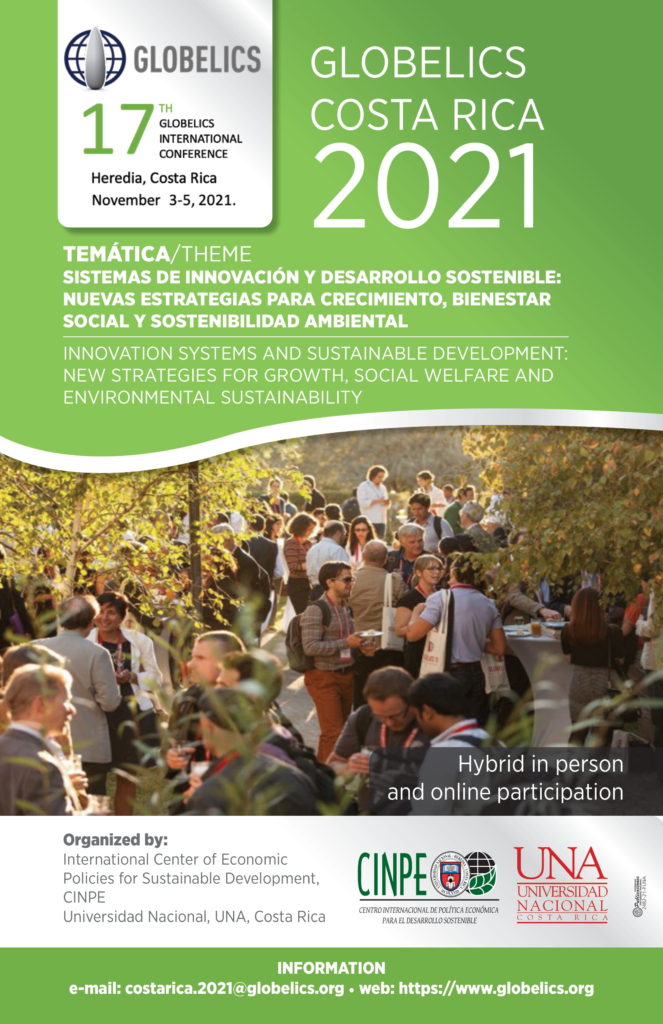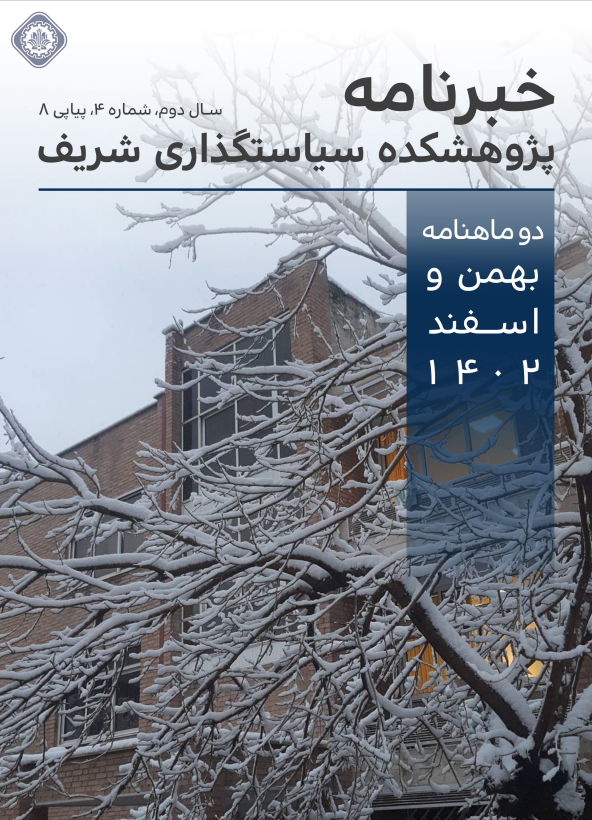چکیده
The value of knowledge absorption and diffusion in fostering creativity is widely recognized. The aim of this research is to look at the international knowledge diffusion framework and how it has changed over time using patent citation data as indicator of knowledge flow. This study investigates the structure of international technology diffusion and its evolution using Derwent X15-B wind energy patents citation networks (PCNS) at the national level during 1980–2016 as cumulative manner , to depict the profiles of international technology diffusion and absorption of leading, catching-up and late comer countries in this area. To this end, topological structures, centrality rankings, k-core reduction and block modeling analysis with measures from social network analysis are used. We found that 1) Countries in PCNs tend to establish more connections with other countries over time; 2) Percentage of in-house knowledge sourcing (self-citation) of each country increased over time especially China, Japan and Korea had dramatically increased and it can interpret as a result of China, Korea and Japan Block Transition and level-up; 3) observing the pattern of scissors diagrams comparing in-house knowledge sourcing and external knowledge acquisition in the case of China, Japan, and South Korea, meaning that initially there was more reliance on foreign knowledge and citation to patents from other countries, but over time citation to domestic patents has become more and thus help catching-up these countries; 4) during these times, foreign technological flows through patent citations have become increasingly wide and deep. Almost every producer often serves as a significant external knowledge consumer and the experiences of China, Taiwan, and South Korea reveals their catch-up trajectories that can be used by other developing countries and regions 5) among countries that have changed their positions significantly in the knowledge flow networks, the greatest promotions have been dominated by Asian ones China and Taiwan. Also it shows obviously improvement of Asian countries and regions, and the brightest one is China; 6) three block (Core-CatchingUp-Peripheral) structures are found in the knowledge diffusion networks. The size of core group has increased all the time, and it consists of traditional innovative countries and regions and the emerging ones. The vast majority of knowledge flows have happened within core group, and there are wide and deep knowledge communications within this group. The knowledge flows from Core to Catching-up are strong and from Catching-up to Core are medium. Also the knowledge flows from core to peripheral and also medium exist, but from peripheral to core is not strong. Knowledge flows within peripheral group are not only weak, but also sparse. The core numbers are the dominated sources when the peripheral numbers need external knowledge.
Keywords: Patent Citation, Knowledge Flow, International Technology Diffusion, Renewable Energy, Wind Energy, Catch-up.



 علی ملکی
علی ملکی محبوبه نوری زاده
محبوبه نوری زاده




